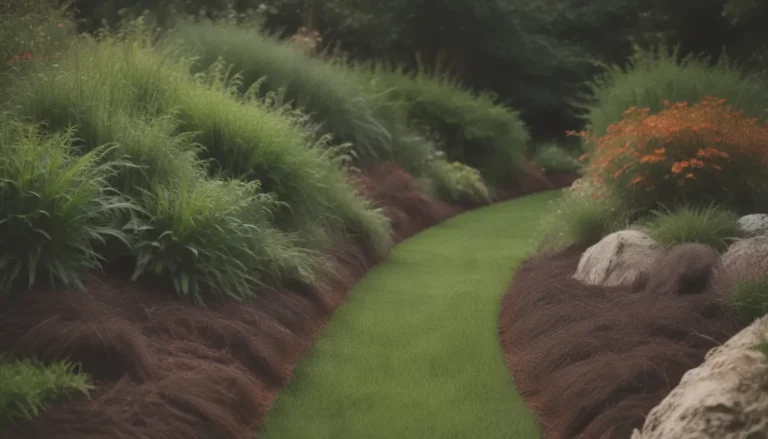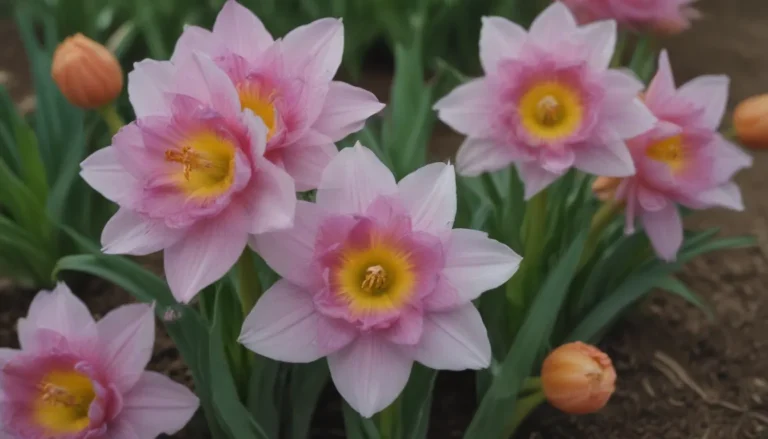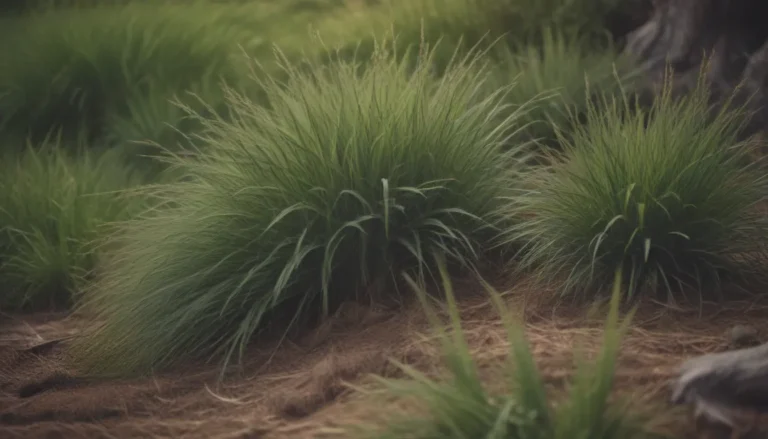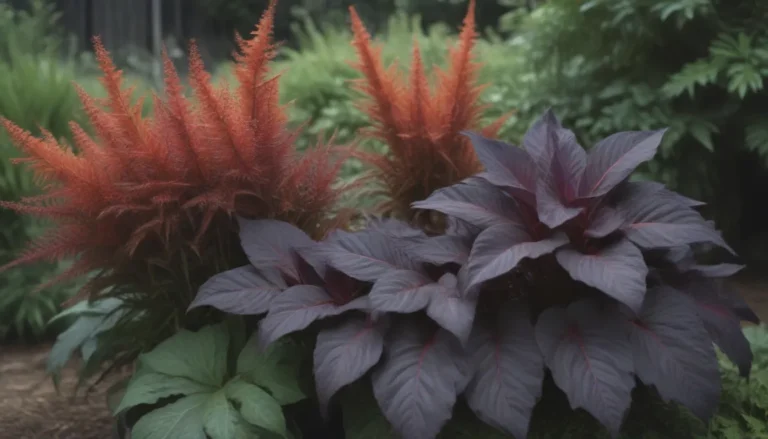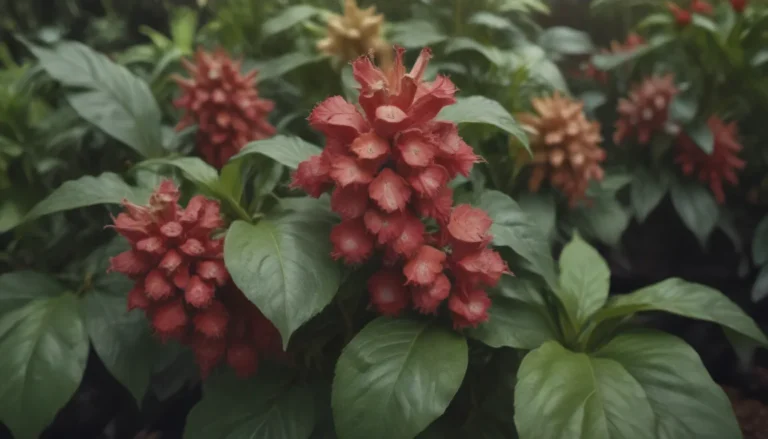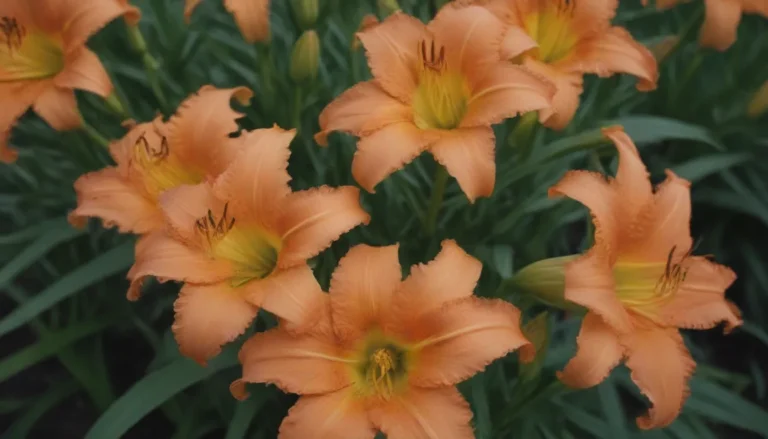How to Safely Remove Ground Wasps from Your Yard
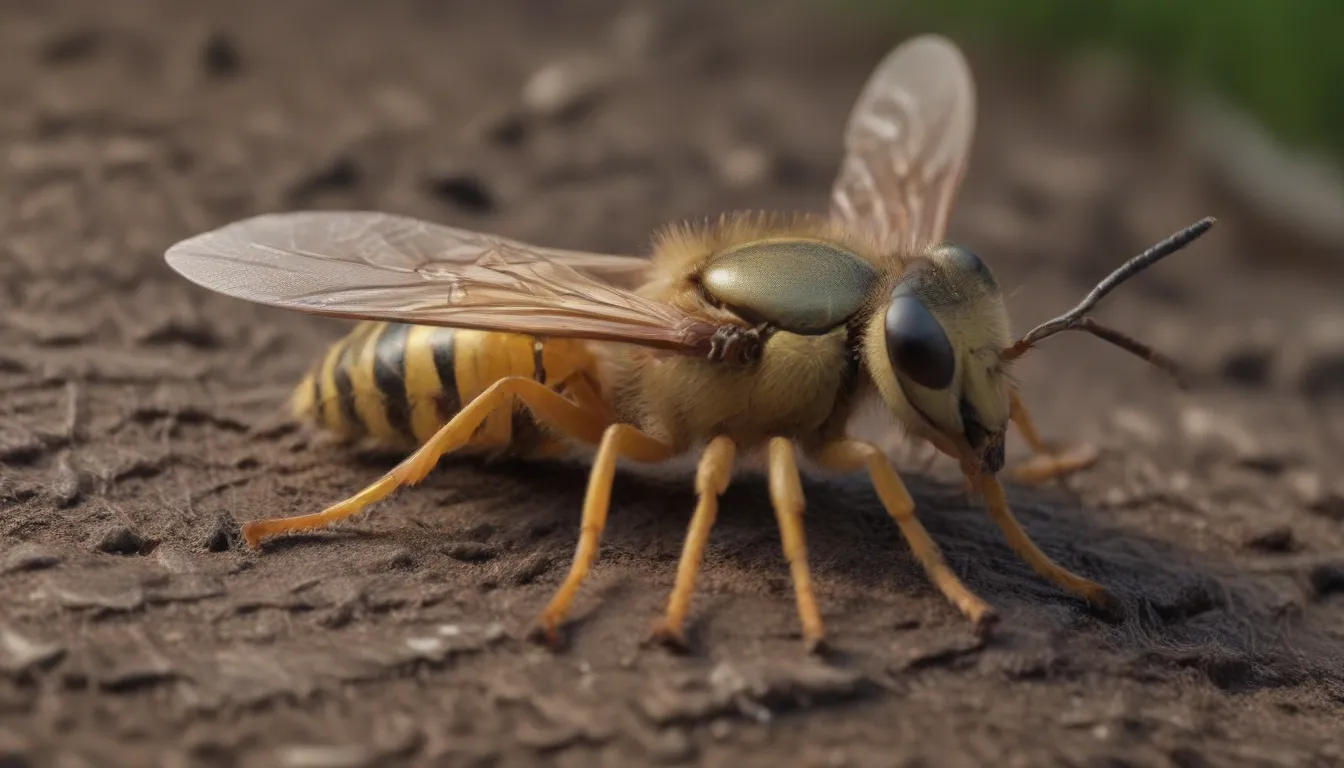
If you’ve ever had the unfortunate experience of stumbling upon a ground wasp nest in your yard, you know just how unsettling it can be. These buzzing insects can be beneficial for your garden, but when they decide to build their nests too close to your living space, it becomes a different story. In this article, we will explore the world of ground wasps, how to identify their nests, and most importantly, how to safely and effectively get rid of them to ensure a peaceful coexistence in your outdoor space.
Understanding Ground Wasps: Who Are They?
Ground wasps come in different species, with yellow jacket hornets and solitary wasps being the most common varieties. Yellow jacket hornets are known for their aggressive behavior, while solitary wasps tend to be more docile. Despite their intimidating presence, ground wasps play a crucial role in the ecosystem by regulating pest populations and aiding in pollination. Before we jump into removal methods, it’s essential to appreciate the benefits they bring to your garden.
Tip: Ground wasps are natural pest controllers, feeding on harmful insects like larvae and roaches. They also contribute to pollination, promoting a healthy garden ecosystem.
Spotting a Ground Wasp Nest: What to Look For
Identifying a ground wasp nest is the first step in addressing the issue. These nests can be spotted by observing holes in the ground, typically around an inch and a half in diameter. Ground wasps often prefer sandy soil for their burrowing activities and leave conical piles of dirt near the entrance to their nests. These nests are commonly found near fruit trees or berry bushes, as ground wasps are attracted to sugary foods. Before taking action, assess whether the nest poses a threat to your garden or poses a risk of accidental disturbance.
Effective Methods for Removing Ground Wasp Nests
If you’ve determined that removing the ground wasp nest is necessary, here are five practical methods to safely eliminate them from your yard:
1. Keep Your Yard Moist:
- Ground wasps prefer dry soil, so maintaining moisture in your yard can deter them from nesting.
- Keep your yard moist during late spring and early summer, prime nesting seasons for ground wasps.
2. Sprinkle Diatomaceous Earth:
- Diatomaceous earth is a natural insecticide powder that can be sprinkled around the nest to kill the wasps.
- This method may take a few days to take effect but is highly effective in eradicating ground wasp nests.
3. Flood the Nest With Soap and Water:
- Cover the nest with landscaping fabric and create a small opening.
- Pour a mixture of water and liquid dishwashing soap into the nest, trapping the wasps inside and eliminating the nest.
4. Spray the Nest With White Vinegar:
- Wasps detest the smell of vinegar, making it an effective repellent.
- Regularly spray white vinegar around the nest, especially at night when the wasps are less active, until they evacuate.
5. Seal the Nest:
- If the nest has only a few openings, seal them with packed dirt or plastic to trap the wasps inside.
- This method may make it more challenging for the wasps to rebuild their nest and disrupt their living space.
Tip: Consider using DIY wasp traps as a supplementary measure to capture flying wasps and reduce their population.
By implementing these methods and taking precautions such as conducting removal activities in the evening or at night when the wasps are less active, you can safely and effectively eliminate ground wasp nests from your yard. Remember to prioritize your safety and the well-being of the ecosystem while addressing pest issues in your garden.
Conclusion
Ground wasps may be unwelcome visitors in your yard, but they can be managed effectively with the right strategies in place. By understanding their behavior, identifying their nests, and employing safe removal methods, you can create a harmonious outdoor environment for both your garden and yourself. Enjoy a wasp-free yard and embrace the benefits of a balanced ecosystem with these practical tips for handling ground wasps.
